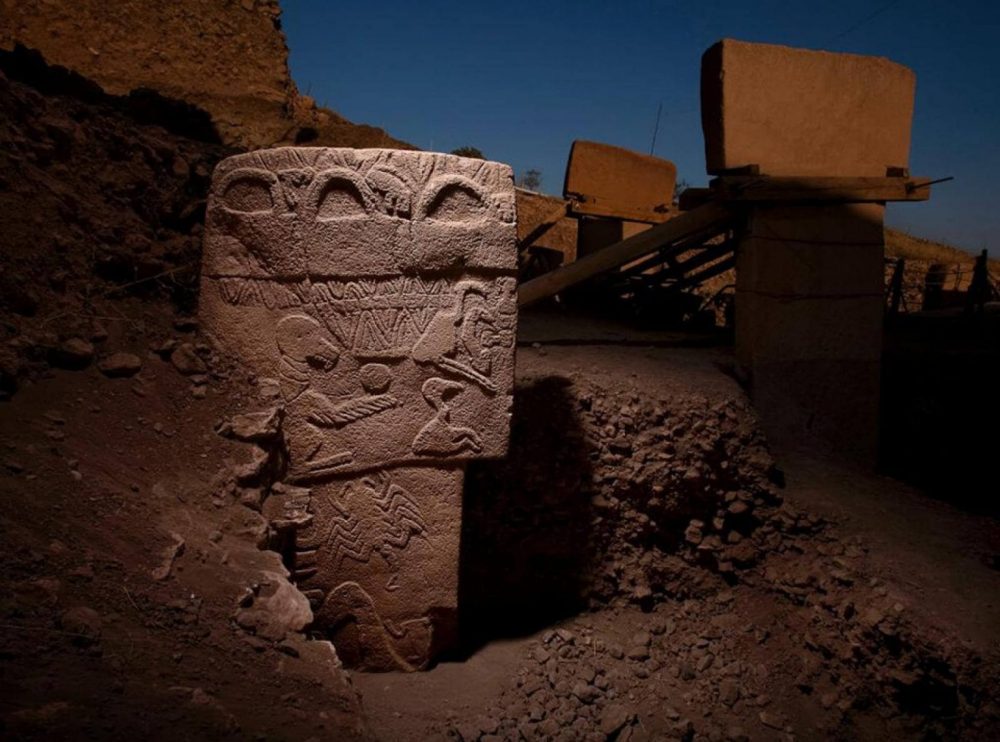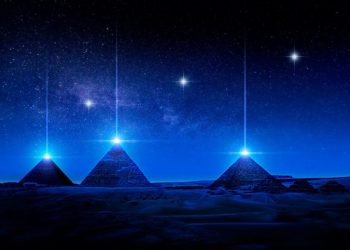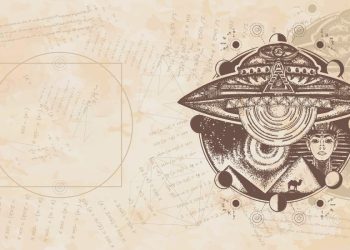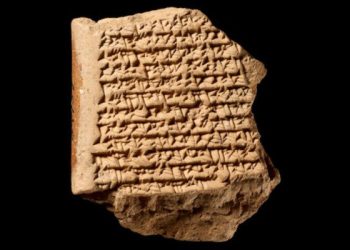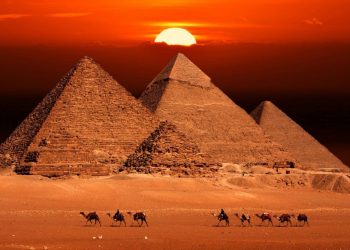I am going to take you on a journey back in time, long before the pyramids even existed, long before the first hieroglyphs were carved. In this article, we look at ancient temples. Very, very ancient temples. These ancient temples predate the pyramids, yet the meaning of their carved symbols remains a complete mystery.
Long before Egypt’s first pharaohs left their mark in hieroglyphs, people in regions like southeastern Turkey and the Mediterranean island of Malta were carving detailed images into massive stone monuments. These carvings include animals, celestial shapes, and abstract patterns, but without any known system of writing to accompany them, their true purpose remains unknown.
The builders of these temples left behind no texts, no glossaries, and no legends. What remains is stone — and a powerful question: what were these ancient civilizations trying to record, and why did they use these symbols?
Göbekli Tepe is the oldest known temple and a puzzle of stone
In the arid hills of southeastern Turkey lies Göbekli Tepe, a site that has completely reshaped our understanding of prehistoric culture. Built around 9600 BCE, it is more than 7,000 years older than the pyramids of Giza. This means Göbekli Tepe was constructed at a time when most human societies were still living as nomadic hunter-gatherers. Or so we are being told.
The site features large, T-shaped stone pillars arranged in circular formations. Many of the pillars are decorated with carvings of animals such as foxes, vultures, snakes, and wild boars, along with abstract symbols and sun-like discs. These are not random decorations. Their placement is deliberate, their repetition meaningful.
One of the most famous examples is Pillar 43, also known as the “Vulture Stone.” Its carvings include birds, a scorpion, a sphere, and other elements arranged in a way that suggests storytelling. Some scholars have proposed that it may represent a myth, a calendar, or even a record of a cosmic event. But none of these theories has been confirmed.
Despite decades of study, there is no known translation for the symbols in ancient temples like this one. There is no script to compare them with, and no cultural continuation that might help decode their meanings. What remains is a visual language lost to time.
Karahan Tepe reveals new symbols — and more unanswered questions
Roughly 60 kilometers away, a second site is now offering new clues. Karahan Tepe, part of a wider group of sites in the region known as Taş Tepeler, dates to the same era as Göbekli Tepe and features similar architectural styles. Excavations began in earnest only in recent years, but what has already been uncovered is remarkable.
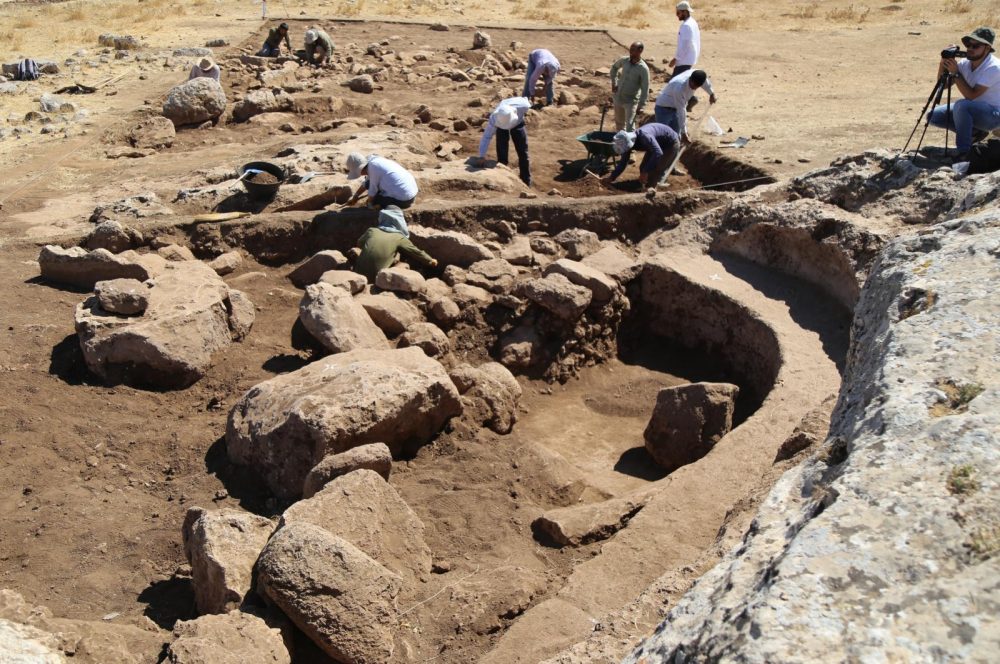
At Karahan Tepe, archaeologists have found over 250 stone pillars, many of them carved with similar animal motifs and geometric patterns. One underground chamber contains a row of carved heads and a central pillar that some interpret as symbolically human. There are also numerous phallic-shaped pillars, suggesting ritual use tied to fertility or rebirth.
The similarities between Karahan and Göbekli Tepe hint at a larger cultural or religious system, one that extended across the Fertile Crescent. Many of the same symbols appear at both sites. But as with Göbekli, these symbols exist in isolation. They may have been sacred images, storytelling tools, or early attempts at a shared symbolic code. Whatever their purpose, we still have no reliable way to read them.
The Malta temples are full of symbols but silent about their meaning
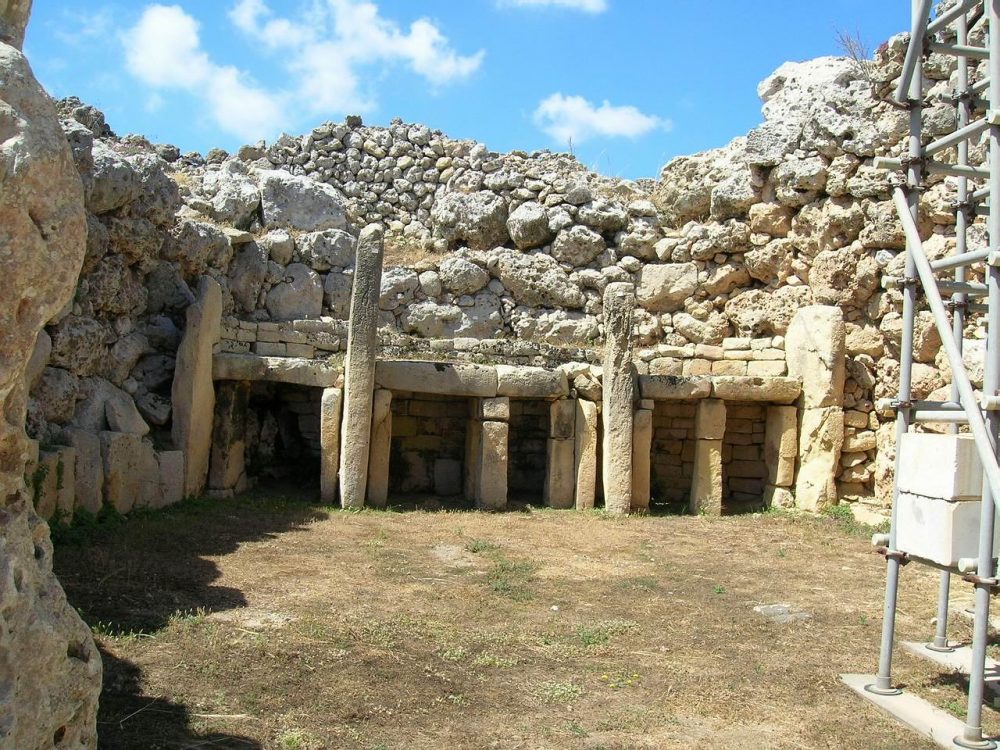
Across the Mediterranean, the island of Malta tells a parallel story. Between 3600 and 2500 BCE, ancient builders created a network of megalithic temples that are among the oldest free-standing stone structures in the world. These temples, including Ħaġar Qim, Mnajdra, and Tarxien, show sophisticated planning, astronomical alignments, and an unmistakable symbolic language carved into their stones.
Spirals, animal figures, tree-like patterns, and stylized human forms appear throughout the structures. Some statues represent seated female figures, often interpreted as fertility goddesses. Other carvings may reflect cosmological knowledge or ritual practices tied to seasonal cycles.
These ancient temples predate the pyramids by more than a thousand years, yet they also present the same puzzle. There is no written record, no Rosetta Stone, no oral history that survived into modern times. The carvings remain, but the language is lost.
Are these symbols part of a forgotten system of global communication?
When similar symbols appear in separate ancient cultures, the temptation is to connect them. Spirals, serpents, solar discs, and animals recur not only in Turkey and Malta, but also in prehistoric rock art across Europe, Africa, Asia, and the Americas. Could there have been a shared symbolic system in prehistory?
Some scholars argue these are universal images that arise independently in different societies. Others believe they reflect a common mental framework, archetypes that express basic human concerns like birth, death, the sun, and the natural world. A third theory suggests that these were early mnemonic devices, used to remember stories, myths, or seasonal cycles long before writing emerged.
Whatever the explanation, these symbols in ancient temples continue to resist interpretation. They have been studied by archaeologists, anthropologists, astronomers, and linguists, yet no consensus has been reached.
Why did people carve symbols into stone long before inventing writing?
Writing systems like cuneiform and hieroglyphs emerged around 3200 BCE. But thousands of years earlier, people were already carving symbols into stone in ways that suggest long-term intention. Stone was permanent. Unlike spoken words or markings on wood, carvings in stone could endure for generations.
These early humans may have used symbols in ceremonies, as part of religious rituals, or as teaching tools. The carvings might have told creation stories, tracked astronomical movements, or served as cultural memory. They may also have helped unify groups by sharing visual symbols understood across regions.
The precision and care used in creating these carvings, along with the consistency across sites, suggest that the builders valued what they were creating. These were not casual decorations. They were important enough to carve deeply into pillars that still stand today.
These ancient temples predate the pyramids — but their message remains locked in stone
We have uncovered the structures. We have documented the carvings. But we still do not know what the builders of these ancient temples wanted to say. They left behind a symbolic world filled with meaning, yet we do not speak their language.
As more sites like Karahan Tepe are excavated, and as researchers apply new technologies like 3D scanning and digital mapping, we may get closer to understanding this lost system. But for now, the symbols in ancient temples remain one of archaeology’s most enduring mysteries.
For me, these ancient sites remind us that human culture did not begin with writing. I think it began with symbols,and with a desire to preserve meaning that still speaks to us. Even if we cannot yet understand the words. Maybe one day, perhaps sooner than later, we will understand what our ancestors were trying to tell us.



